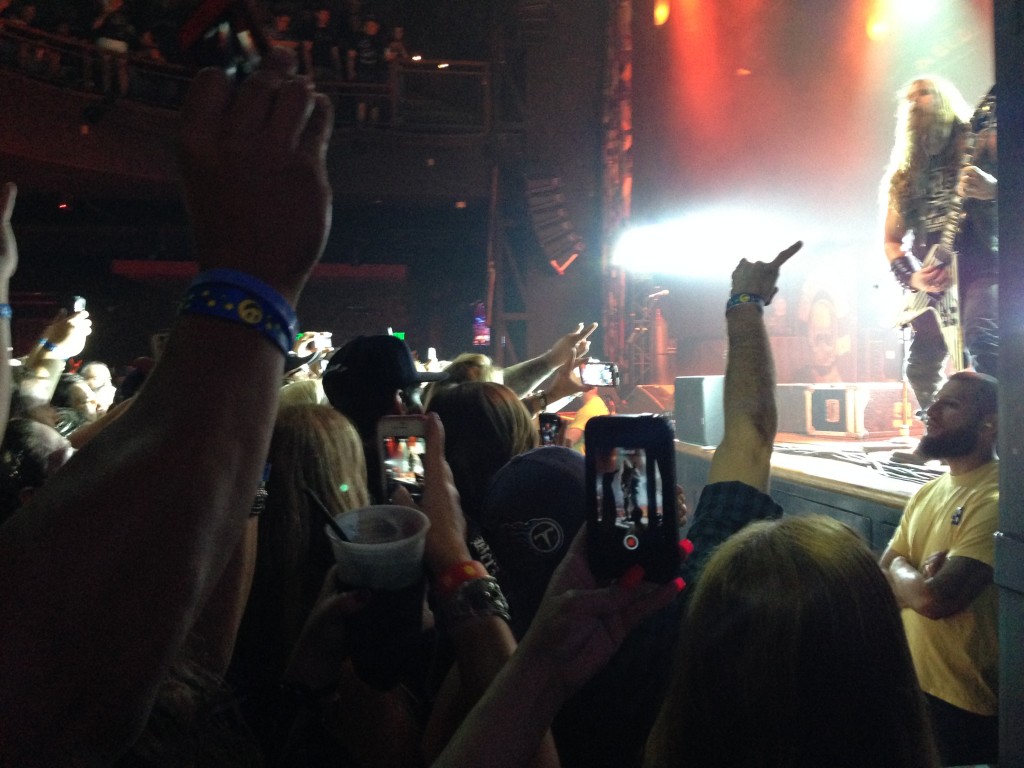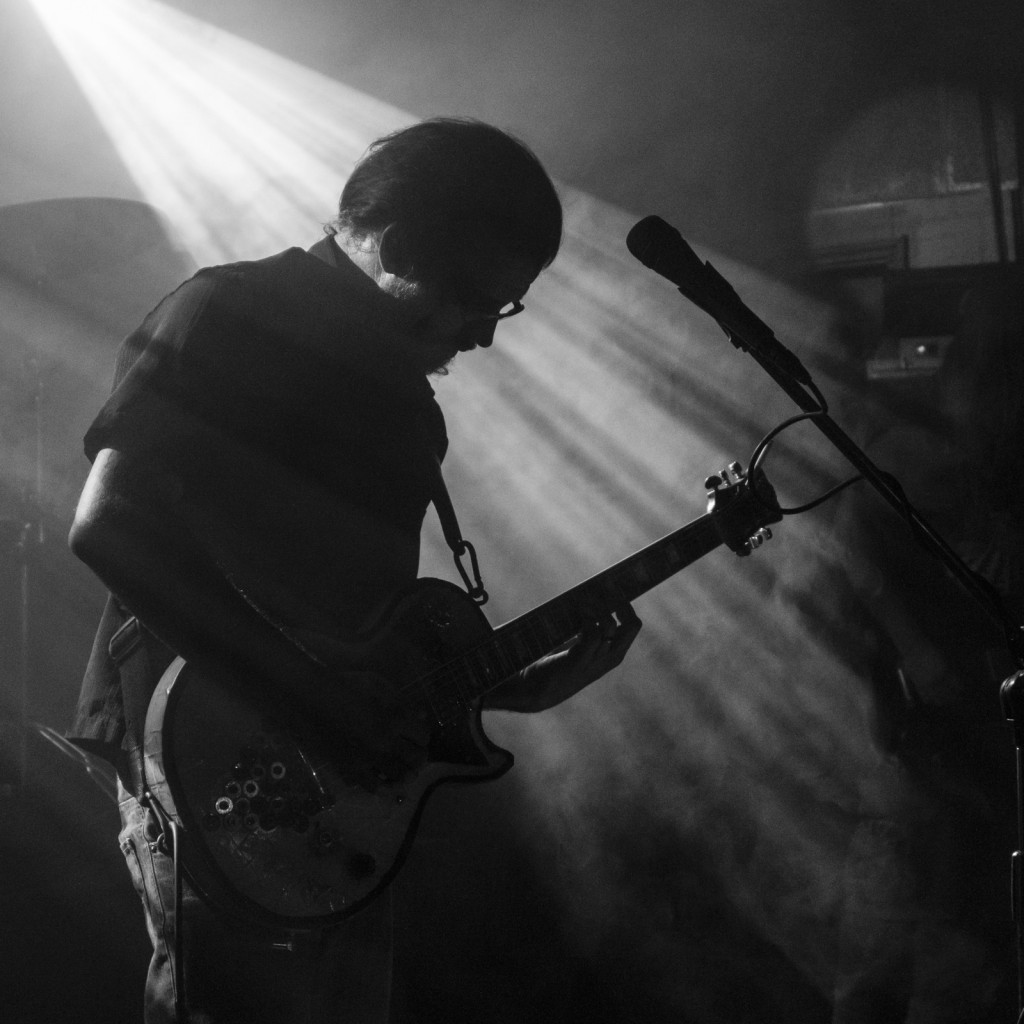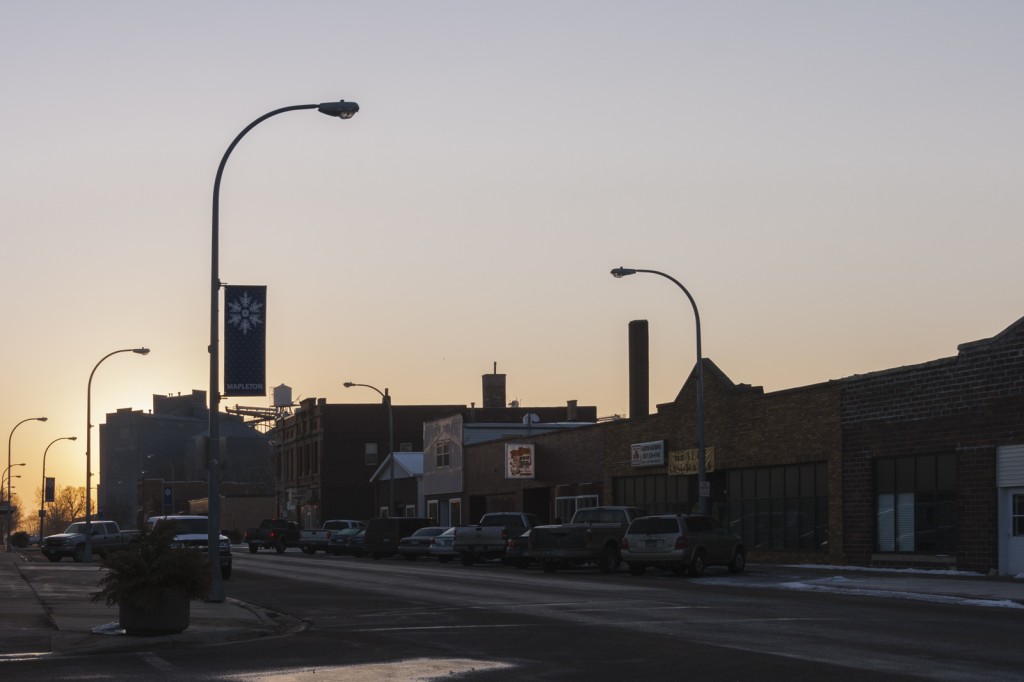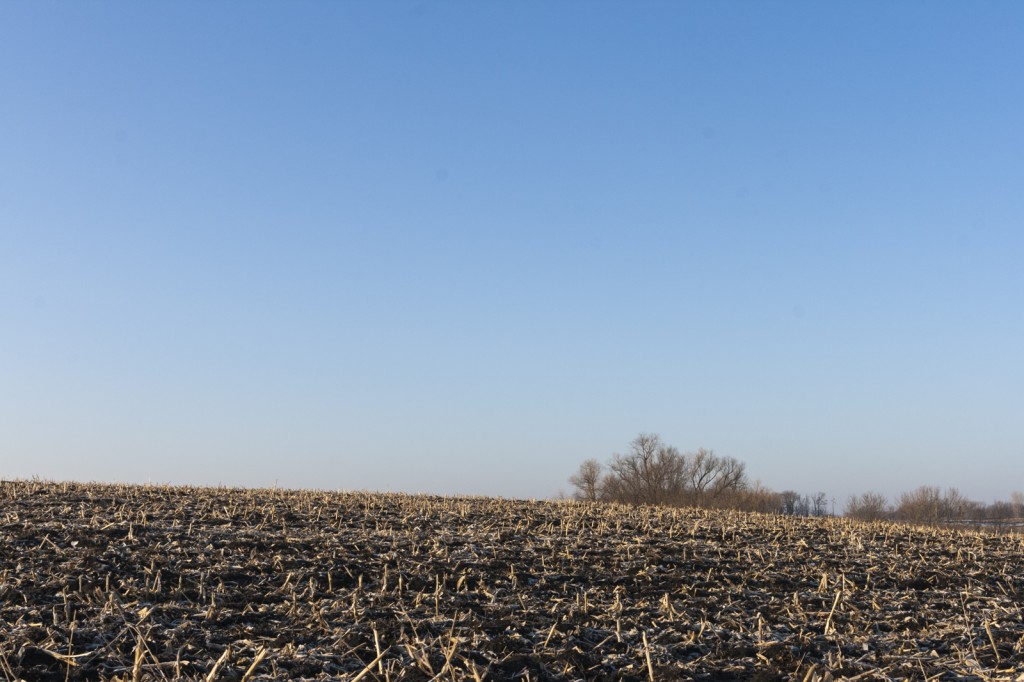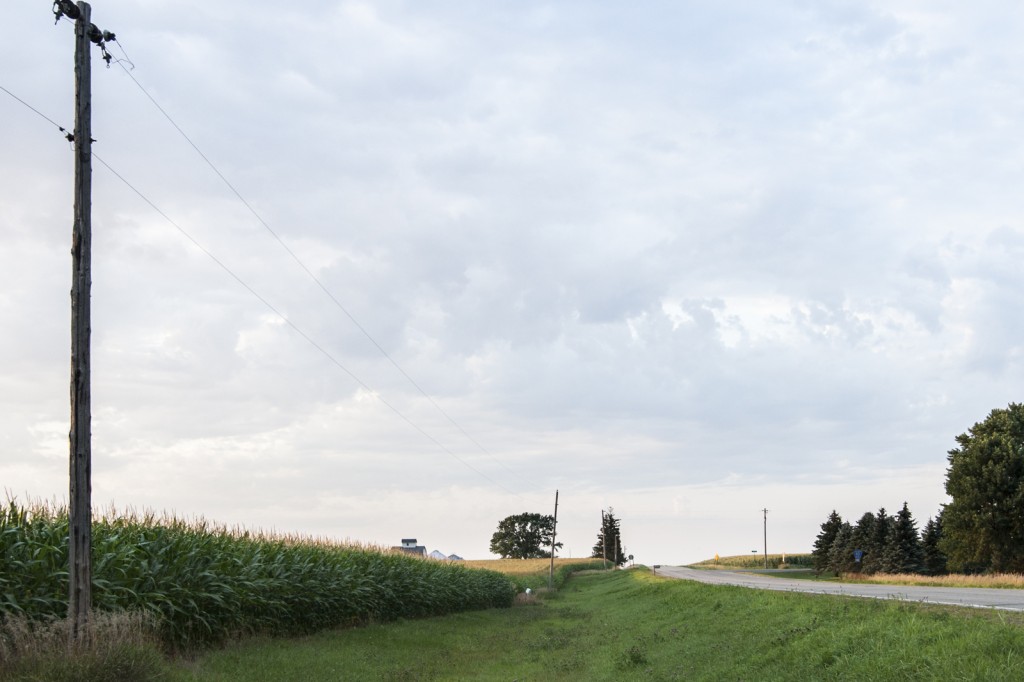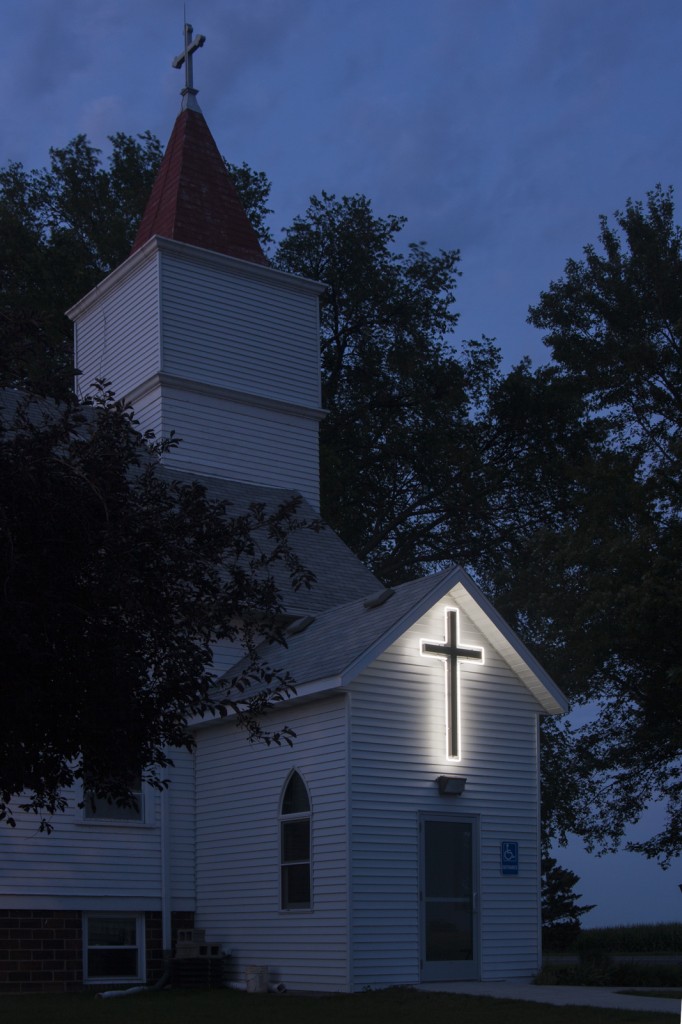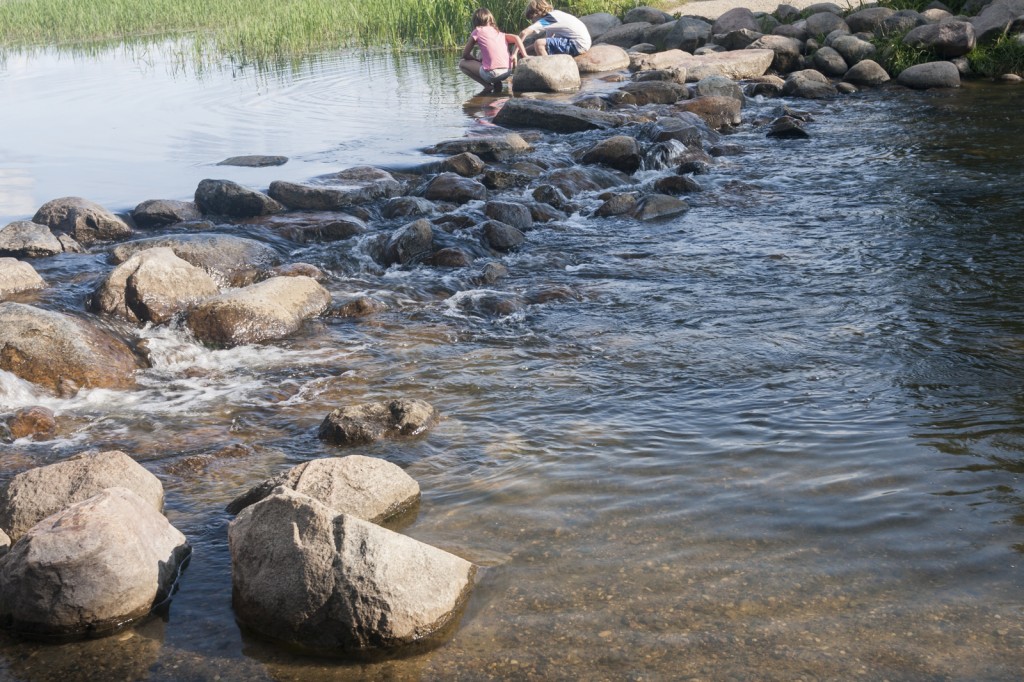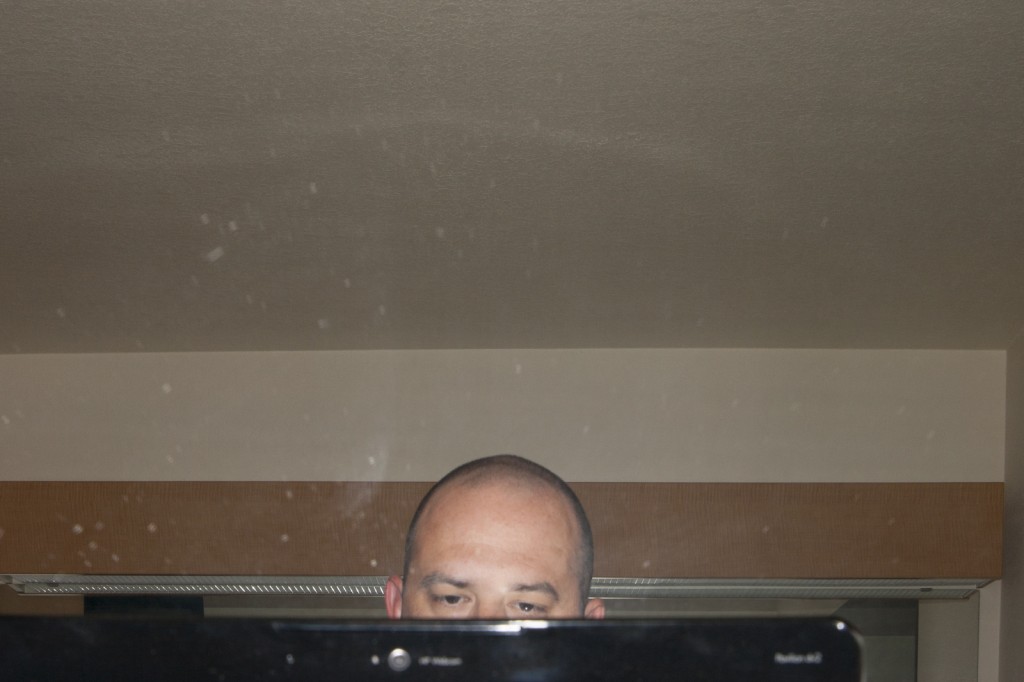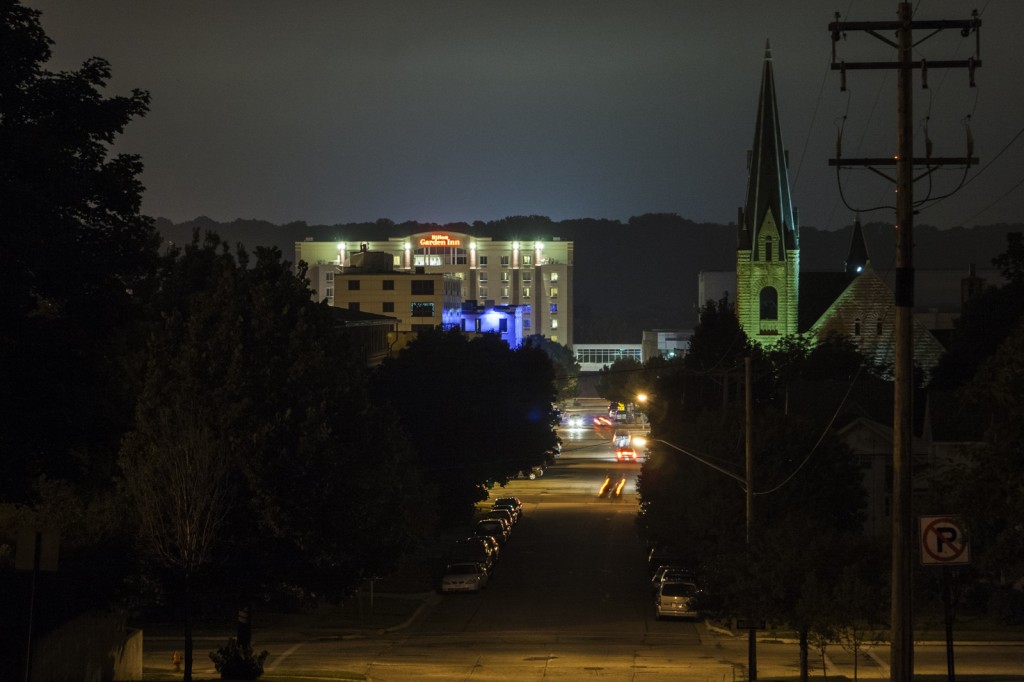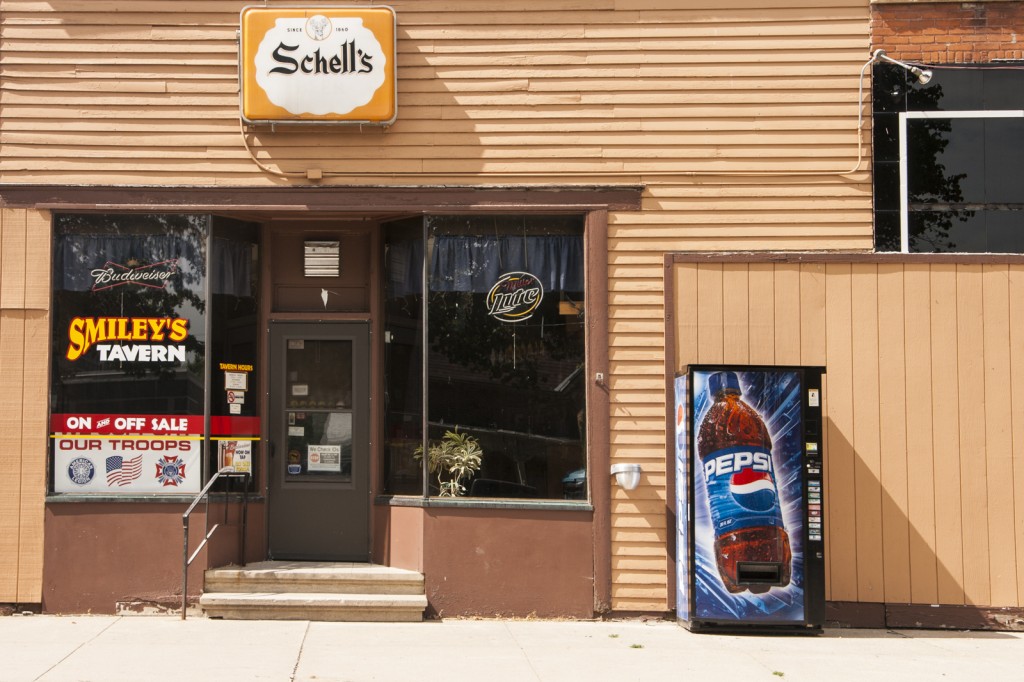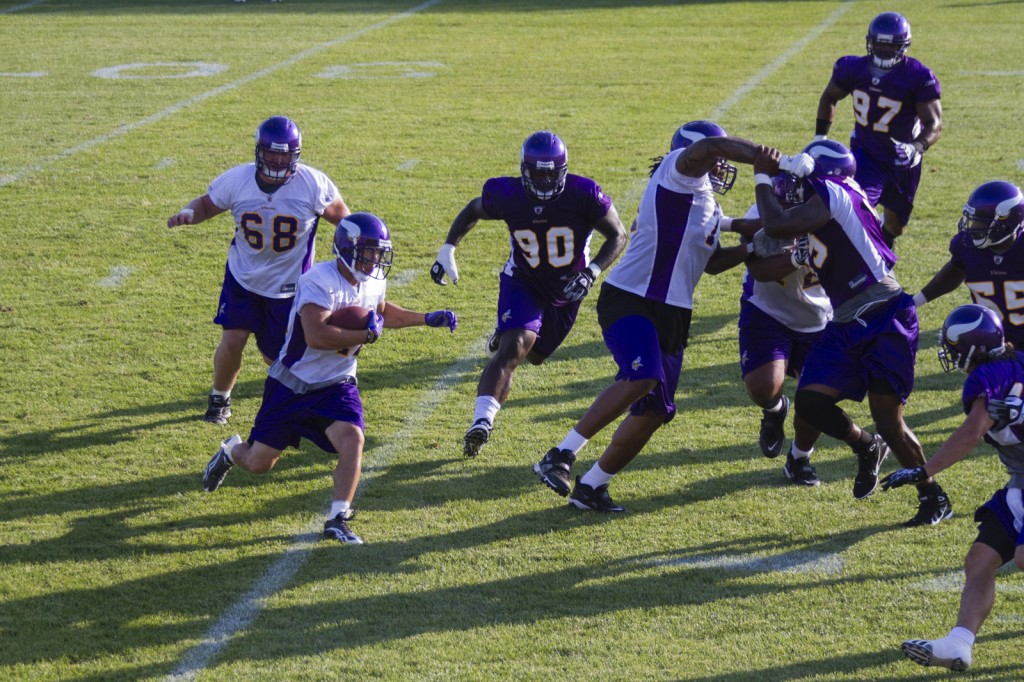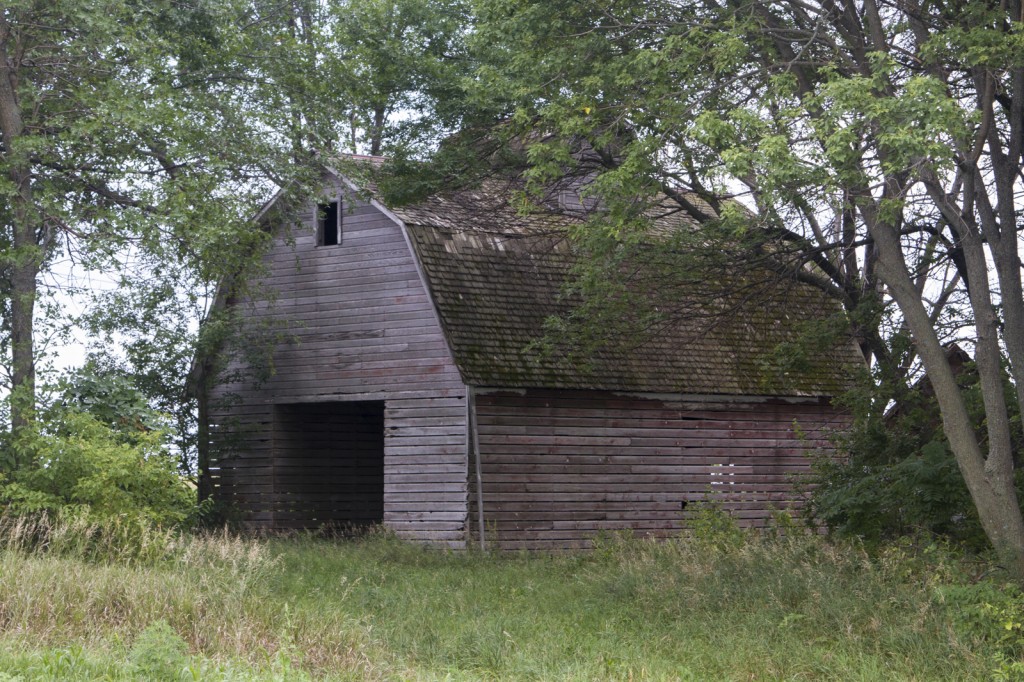Regarding the Rock and Roll call for entry, unfortunately I did not make it in. The juror, Paul Natkin, had a vision different from what I had submitted. I will be honest in saying that I was a little disappointed and that some of his selections left me scratching my head a little bit, but I did see where my images just didn’t fit in with his vision. I don’t doubt the man’s credentials – he’s taken one of the most iconic photos in the history of rock music (click here to see). I do want to extend a congratulations to all those who did get into what I am sure will be an extraordinary show. I’ll just have find another excuse to visit Minneapolis in the near future (better yet – Mankato – I love the topography of south central Minnesota).
Two other call for entries have garnered my attention. I am debating on whether to answer them or not at this point. The deadline on 1 of them is 1 December, so I have some things to think about.
This past summer and early autumn were particularly stressful for me. I decided to channel some of this into some more personal work for the semester. Here are 2 examples of this work:
I created a total of 14 of these. They received mixed reviews, mostly because there did not exist something to tie them all together. That, I confess, is a fair critique because all of these were reactions to different situations. A lot of my peers had their favorites. During the midterm critique, I was asked how I was going to make the audience want to look at them because they didn’t seem, to this person at least, to be something I was creating to visually please others. I didn’t remark at the time, but I did later answer that question in a private conversation with this individual – those who go up to see it will be the ones who want to take the journey with me. I didn’t mention the fact that I noticed this person did not go up to look at them closely. That’s a fact that made me think the question was a little unfair – if this person had gone up to view them closely, but felt forced to do so, it would have added a bit of intellectual weight behind the question. To be fair, however, it is entirely possible this person went up to look at them closely prior to my turn at critique, but absent any evidence of that happening, I will assume that this person did not. I was also told by another individual to avoid “art as therapy” as it is usually nothing more than a resting stop between projects. I remarked that these “resting stops” often are the genesis to some great things. This person then backtracked a little and told me that they weren’t trying to denigrate my work, but I’m taking that with a grain of salt.
The good news, at least in terms of the semester, is that I’m back to creating work that will satisfy the academics. I have the series discussed in my previous post (Condensed Information). This won’t be included in my final for the semester as the concept has morphed a bit and needs some more work to fully flesh out. I’ve also revived another concept that had to be put to rest due to equipment issues. This one is exciting to me and I will share it with everyone in about 2 weeks.
I’ve also been creating videos for my program’s video section. To be honest, if there is one thing that art school does well, it’s instill self-doubt in students. I have my opinions on why this is, but I’ll save those for a night when I’m feeling a little more akin to sounding off. Let’s just say that this section is the one where I feel the most in terms of self-doubt. But, here is one video that I think will become part of something good:
I’m finding that my work is trending toward focusing on the individual. I’m finding that everyone has a story to tell, and I find these fascinating. In fact, my to-be-revealed series deals directly with individual identity. With my previous portraiture series, I learned a lot about the people who participated, especially in the “Emotional Portraits” series. Through the video above (and subsequent series of videos I plan to make based off this), I may just learn something about myself. We will soon see.
I also have a couple of other concepts that I want to try out. These will start soon. For 1 I need to find a willing volunteer and the other I can start with a self portrait over the semester break. Actually, both will start over the semester break as that’s when I will have the time.
Last night I had a dream wherein I referenced, in a conversation with the other person in my dream, a past dream. I woke up this morning and my head was spinning from it. As I get ready to retire for the day, I wonder if something like this will happen again tonight. At one point I was keeping a dream journal. Things started getting a little vivid as I was keeping it and I stopped. I wonder if I shouldn’t start again with this dream.
Ok, these updates weren’t so quick, but things have picked up in the last month. I’m creating again, which is very good for me. I also still have a show to plan. At this point, I’m going to call it a night. Comments and questions, as always, are welcome.
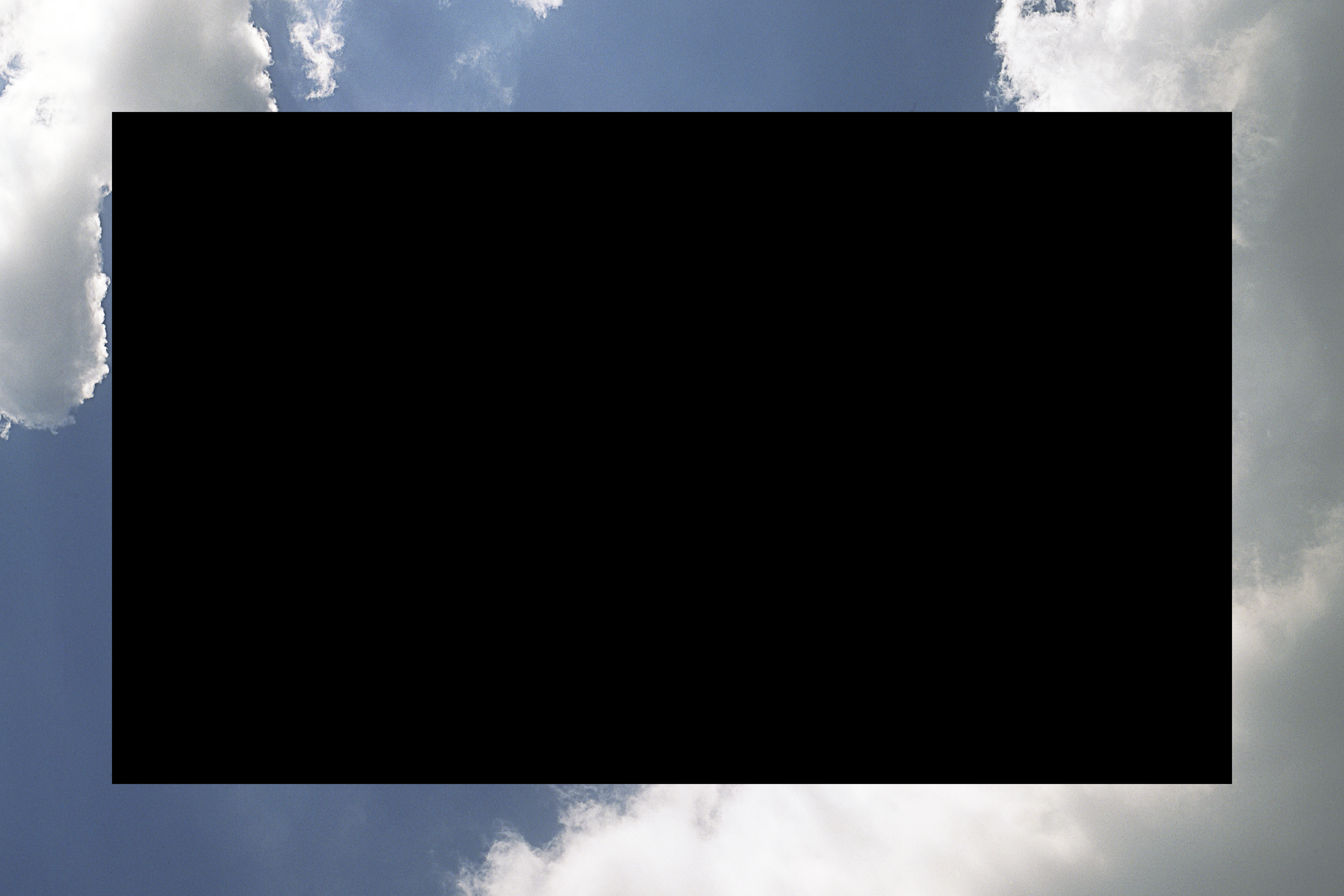
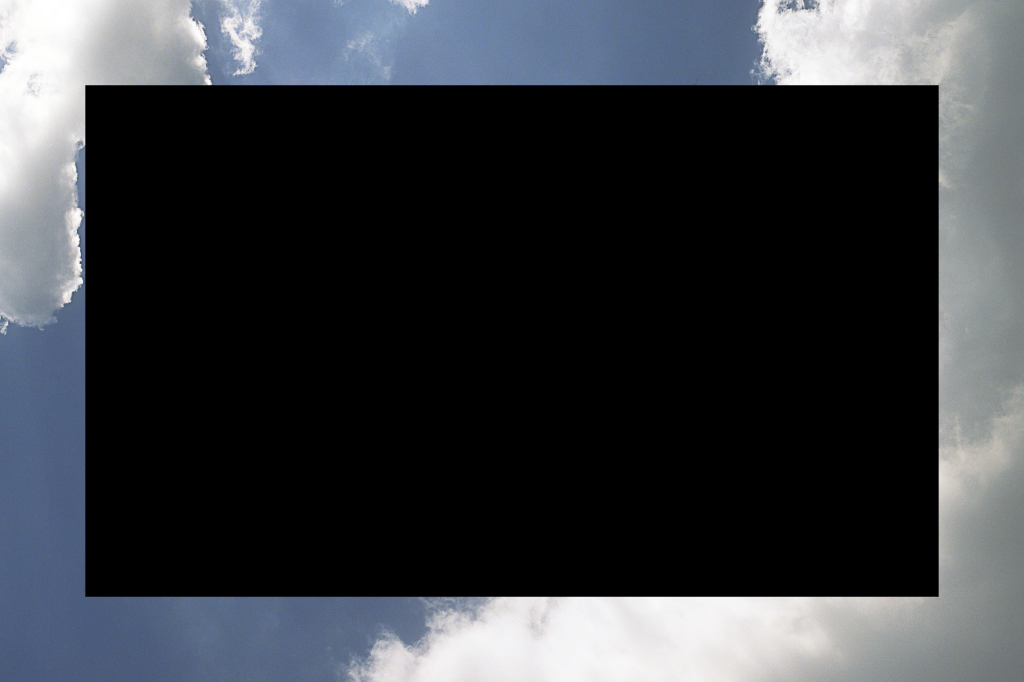
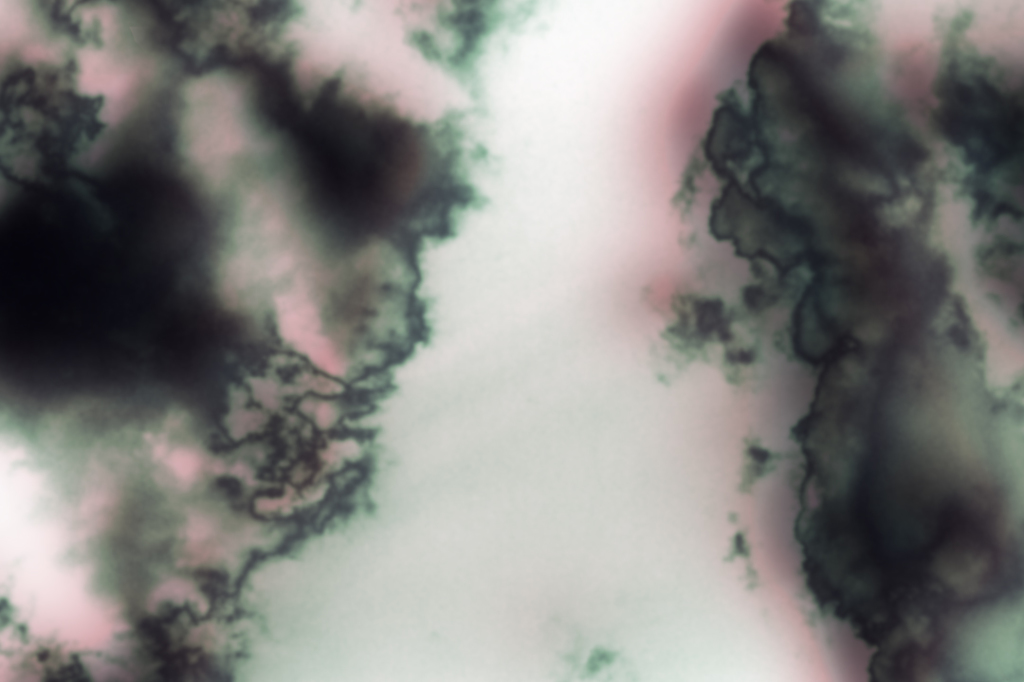
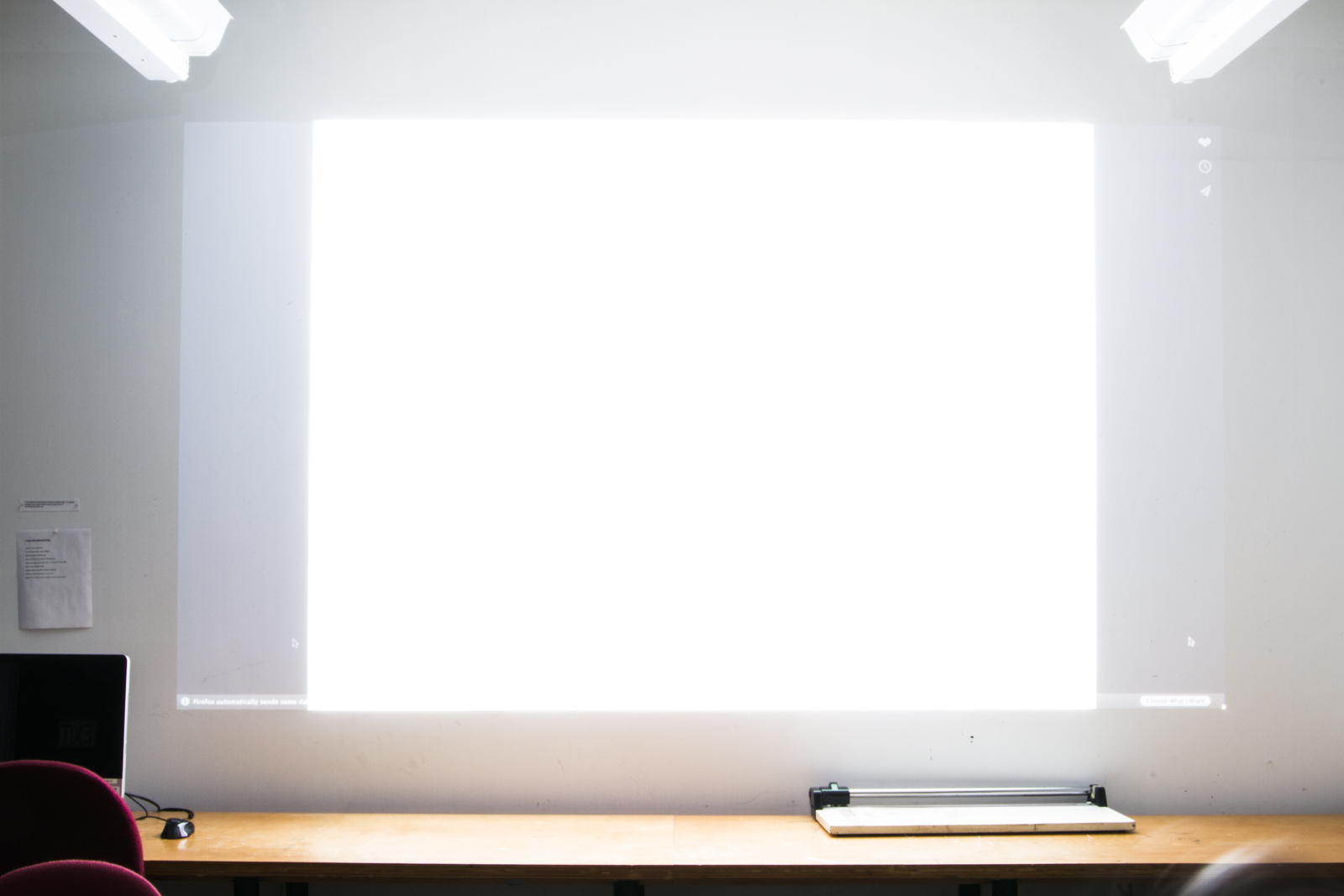
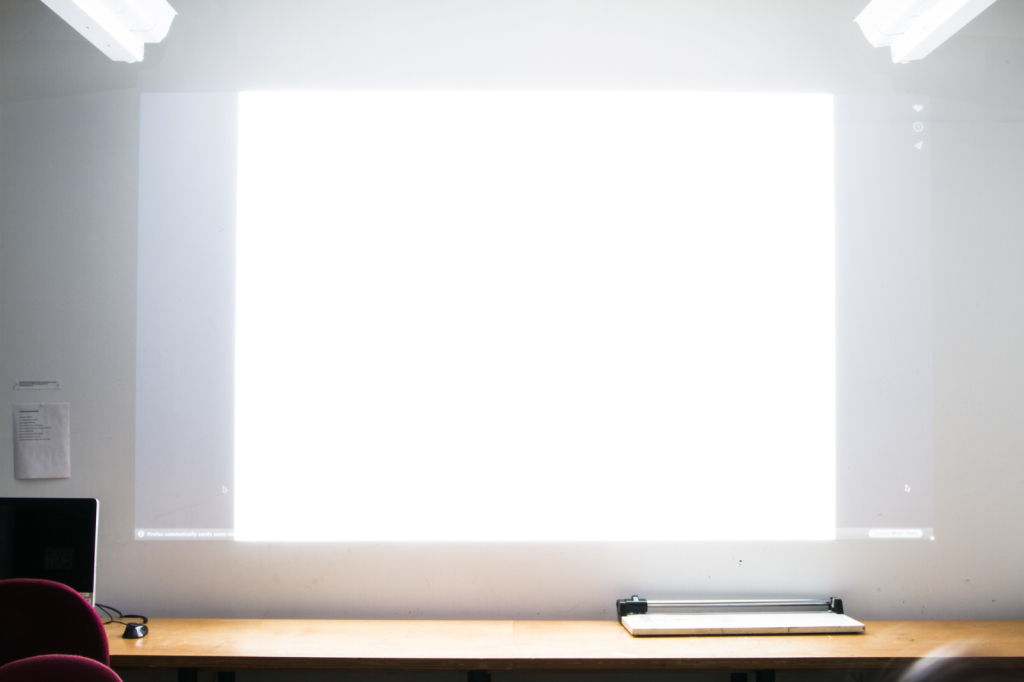
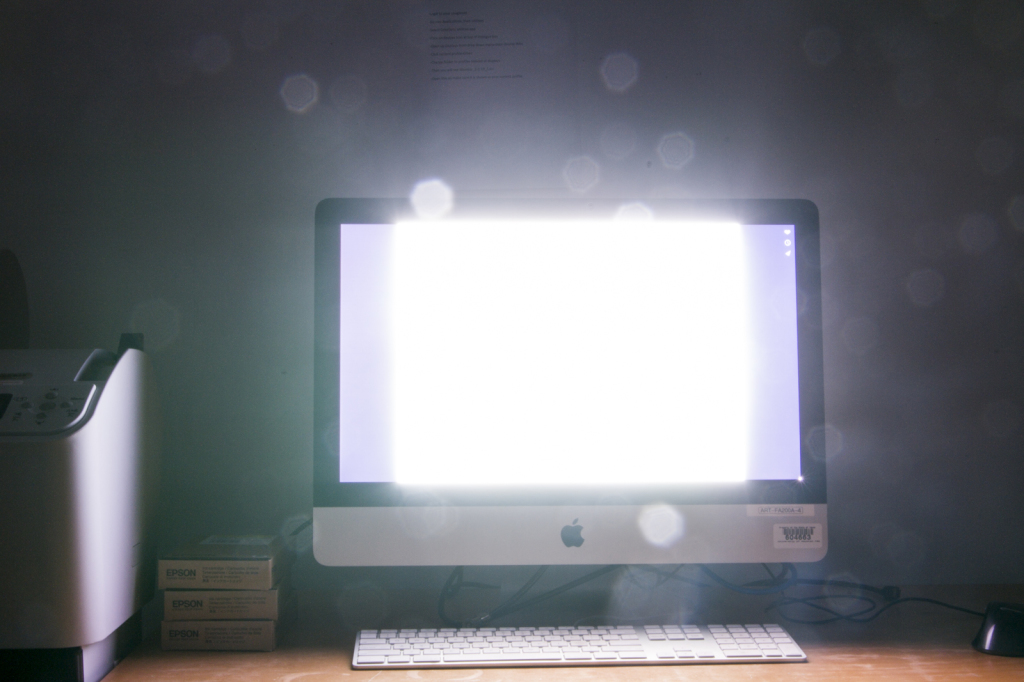
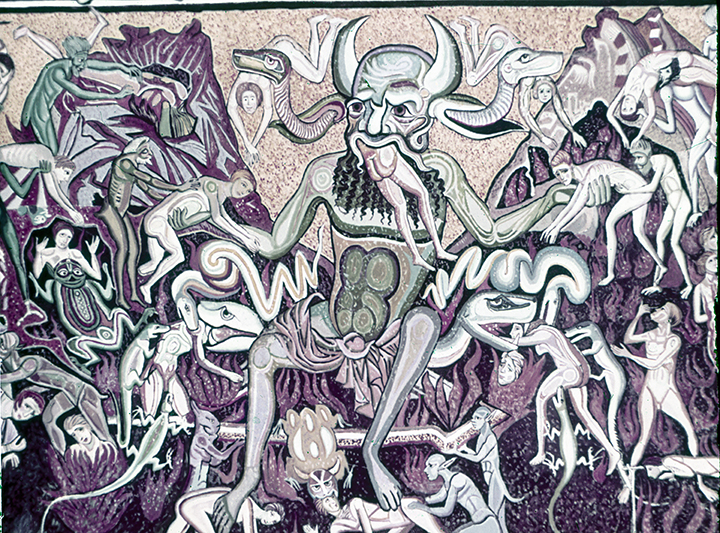

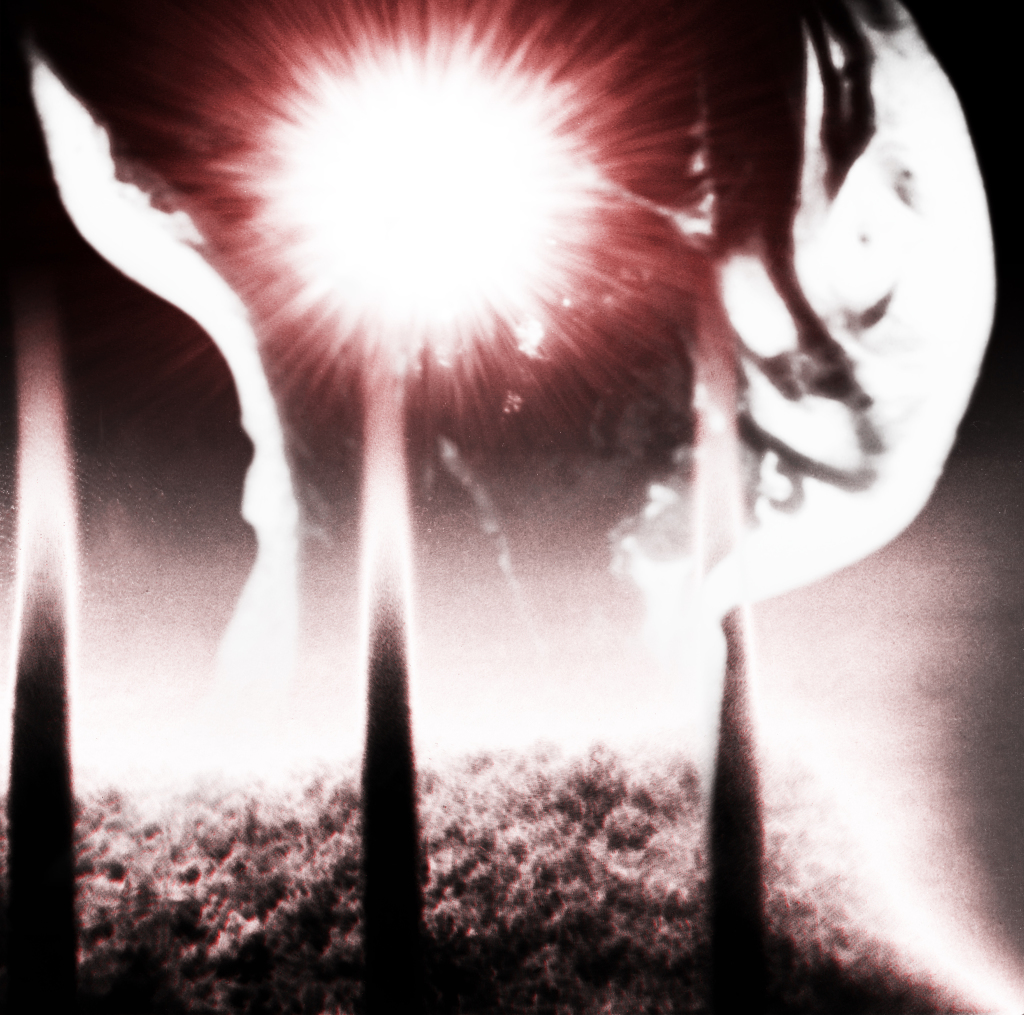
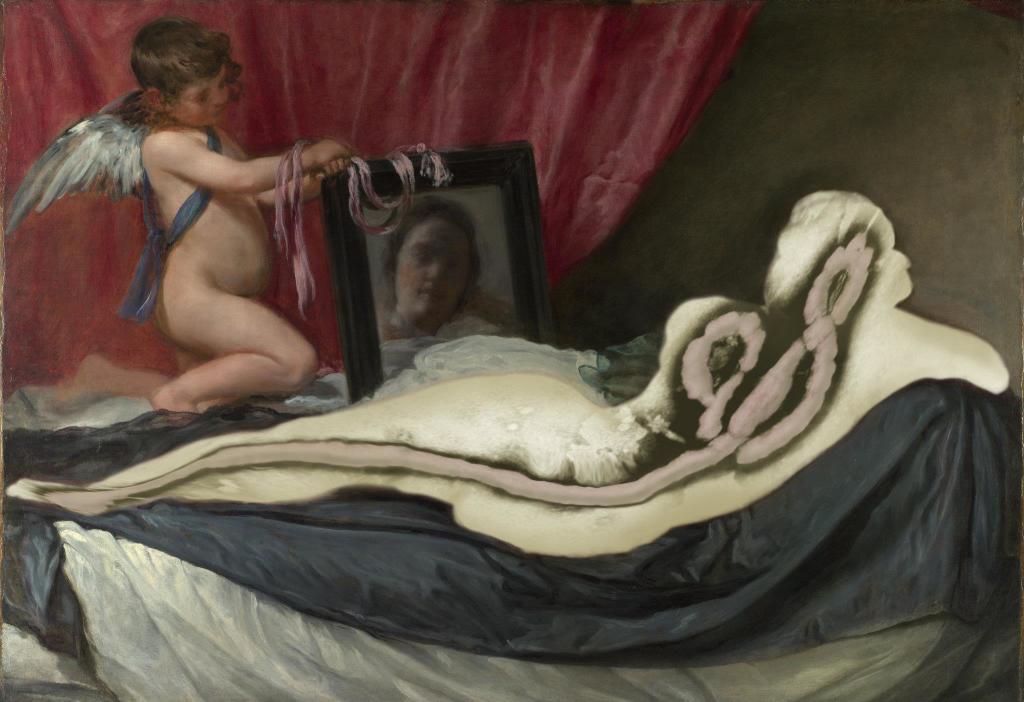
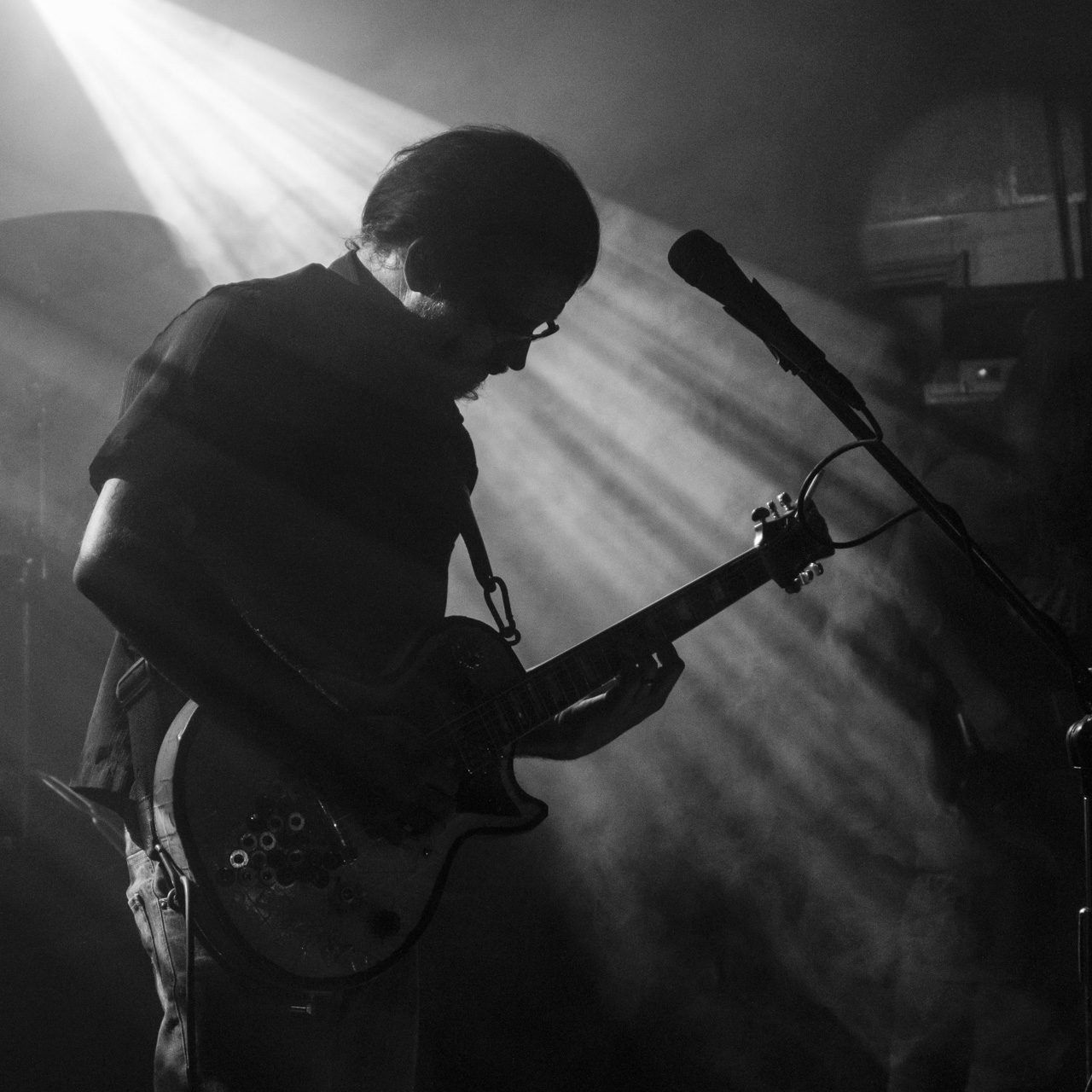
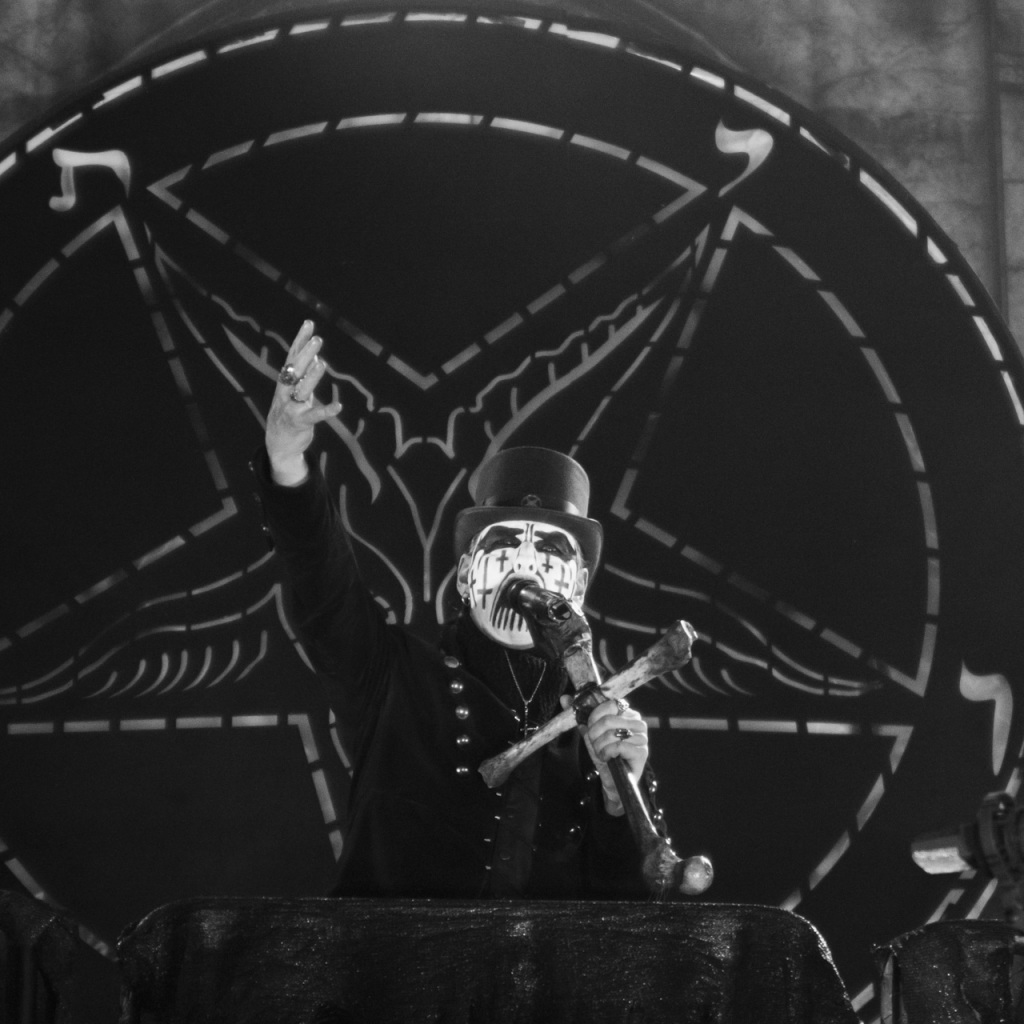
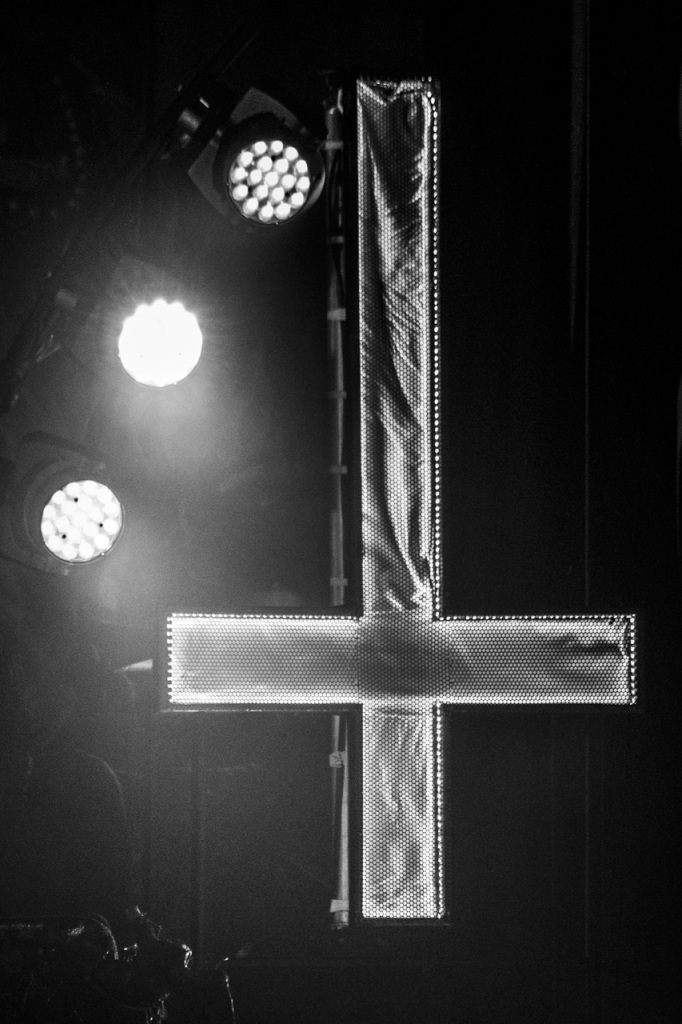
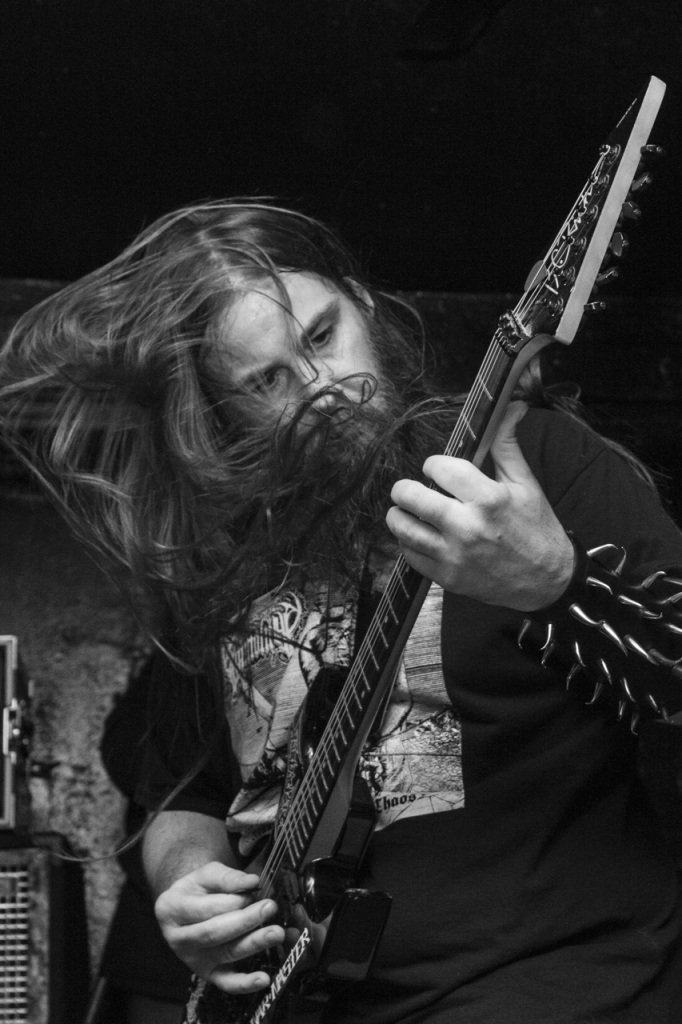
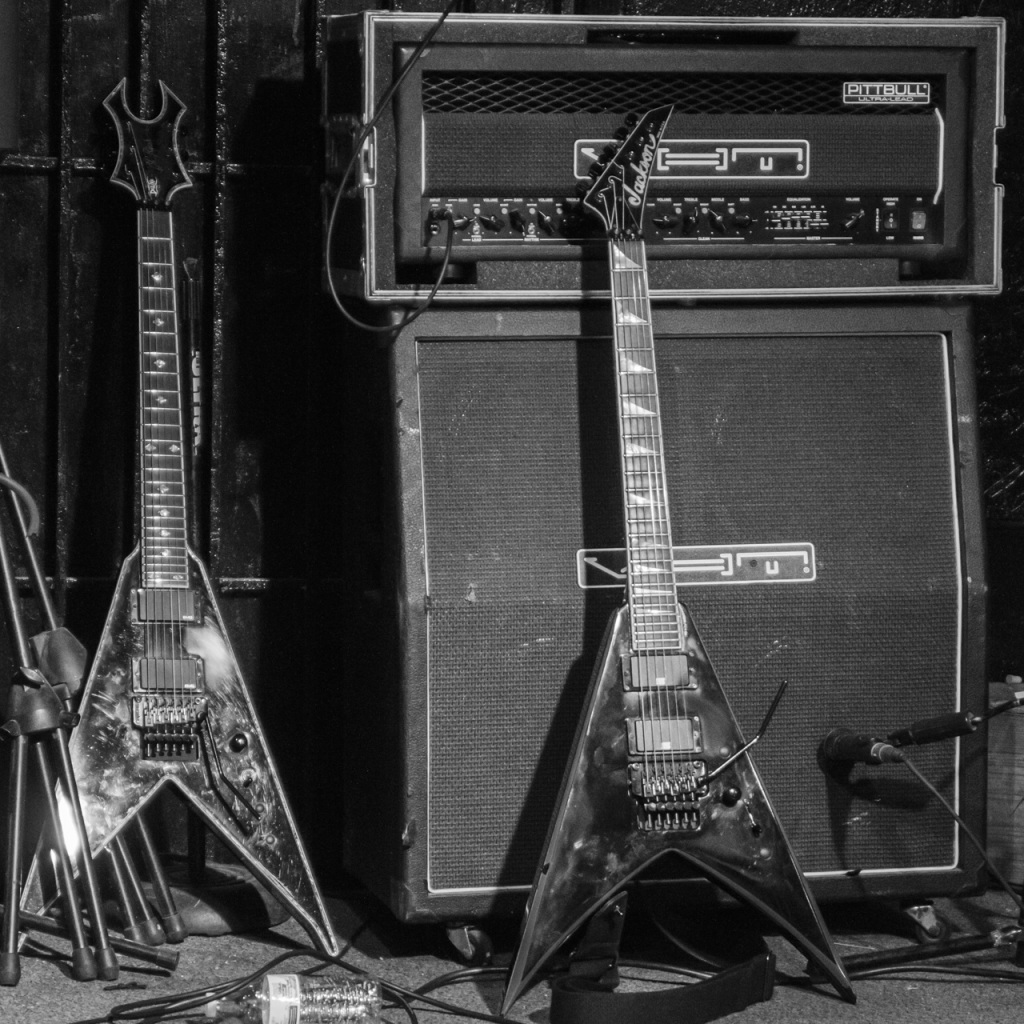
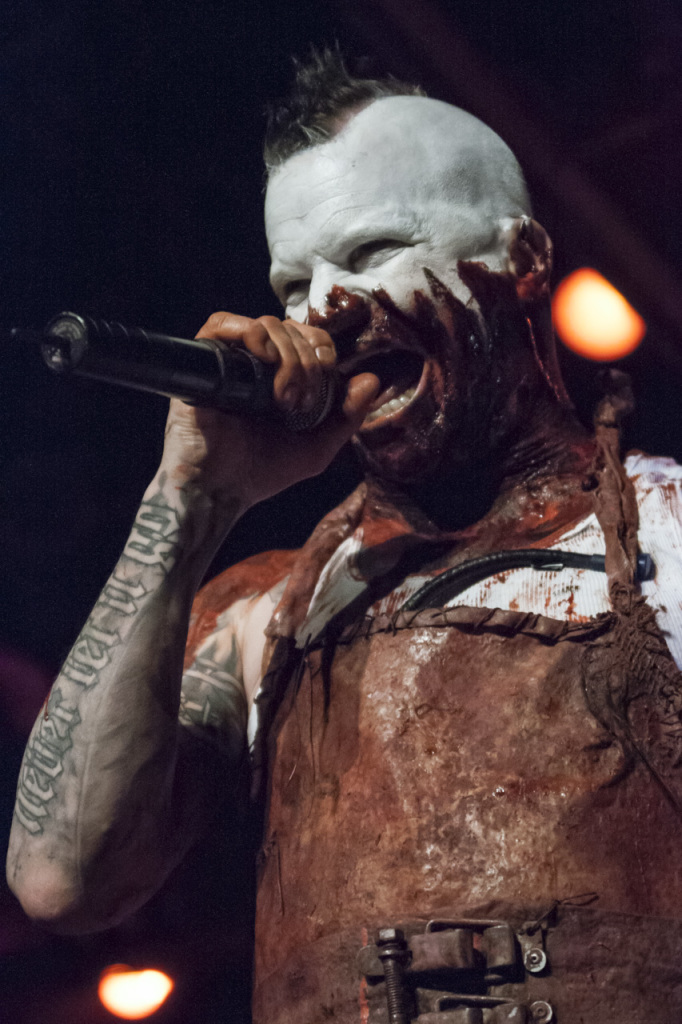
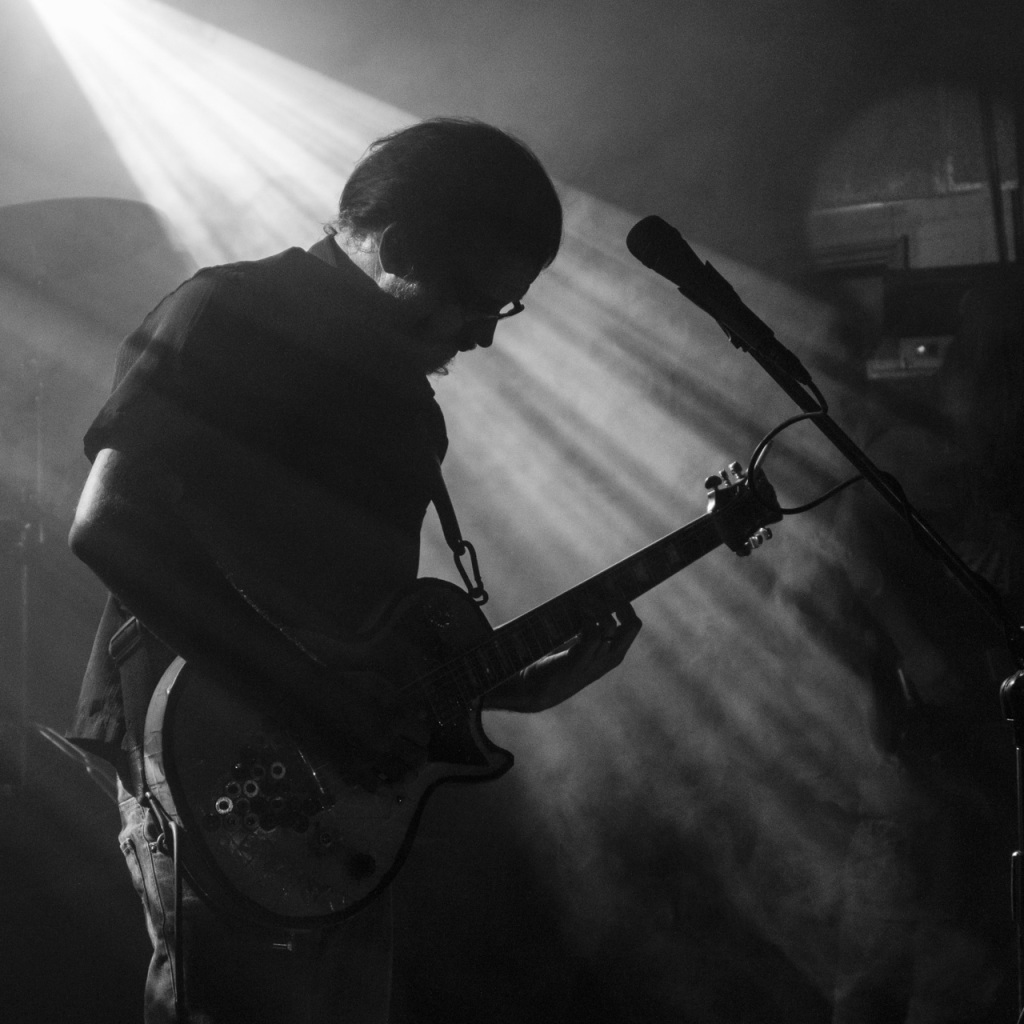
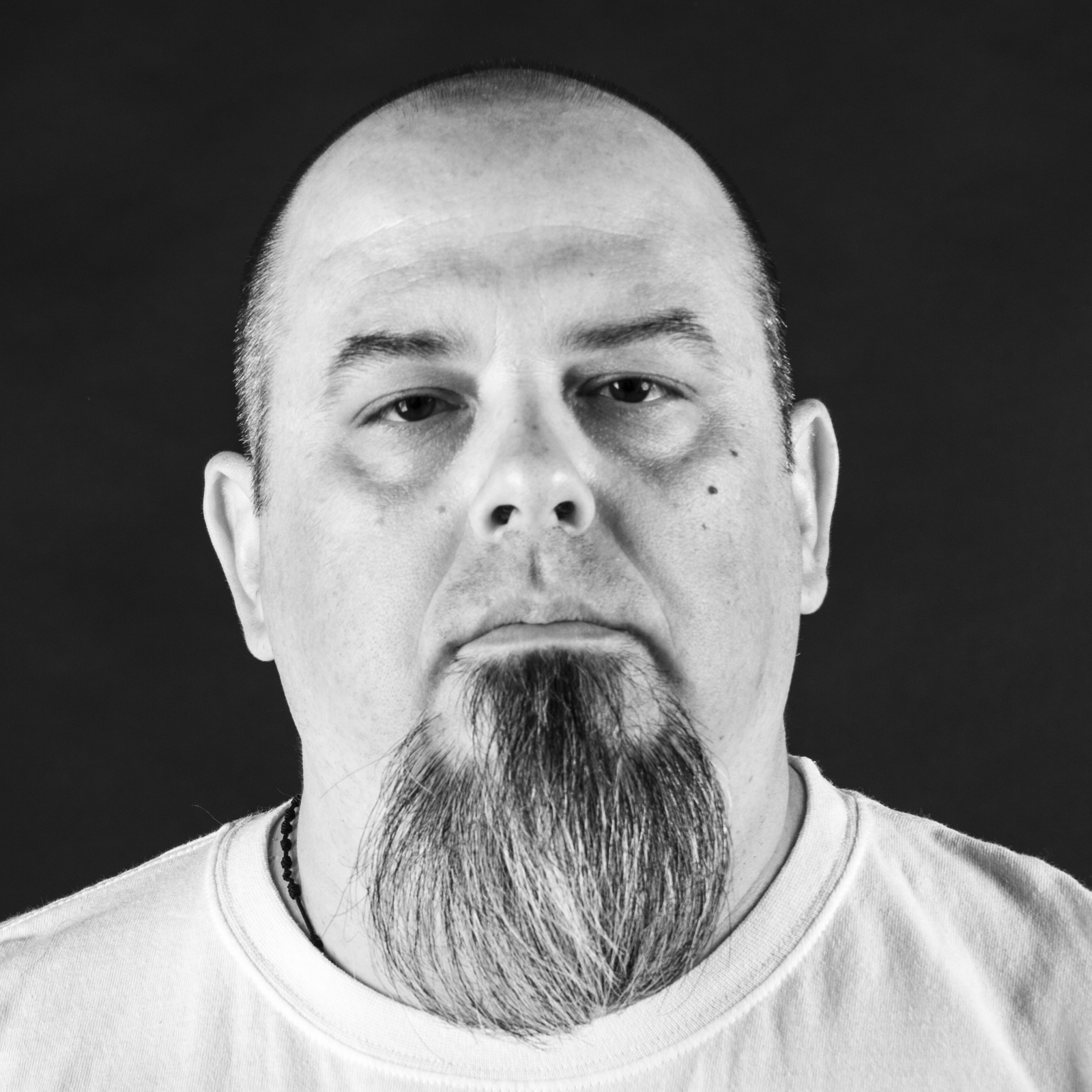
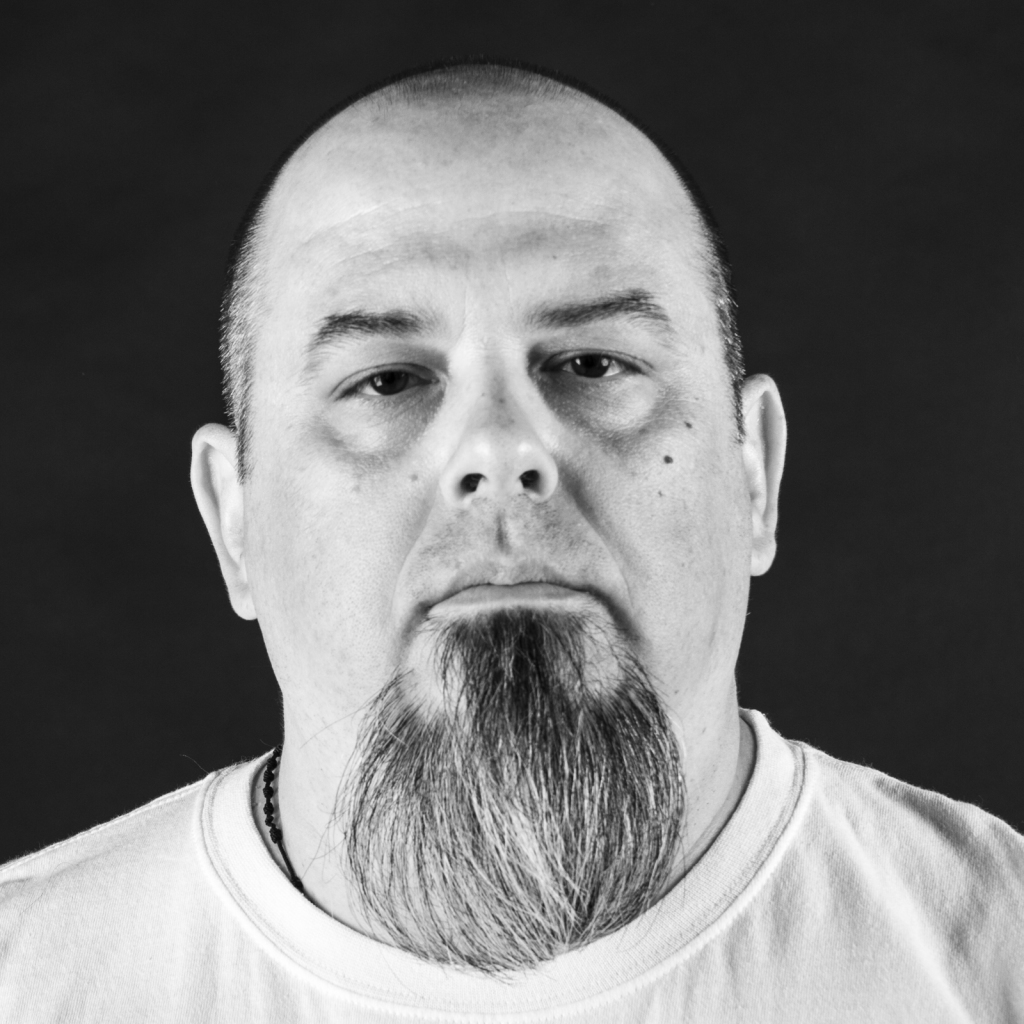

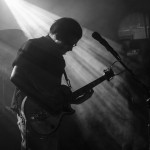
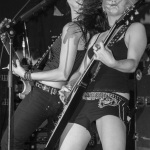


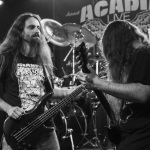
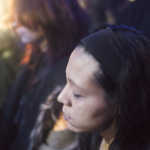

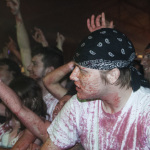






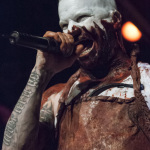

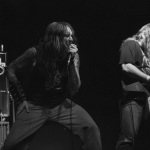
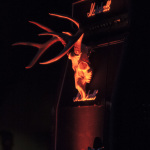
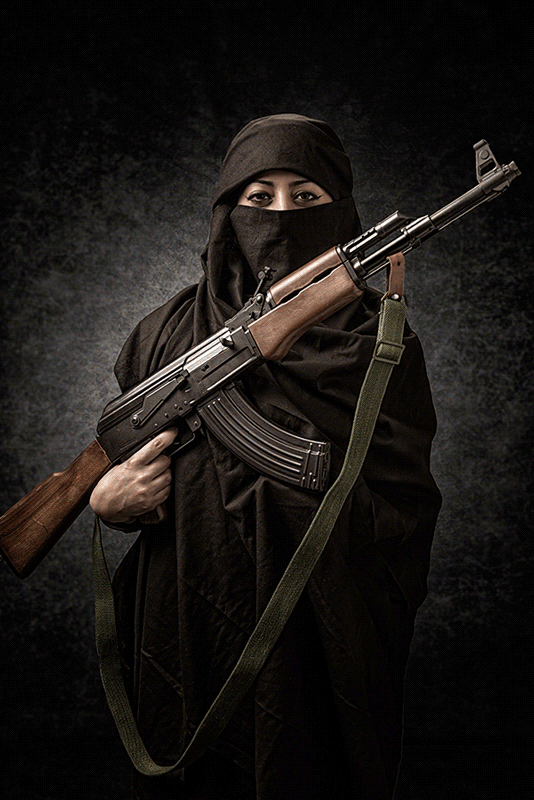
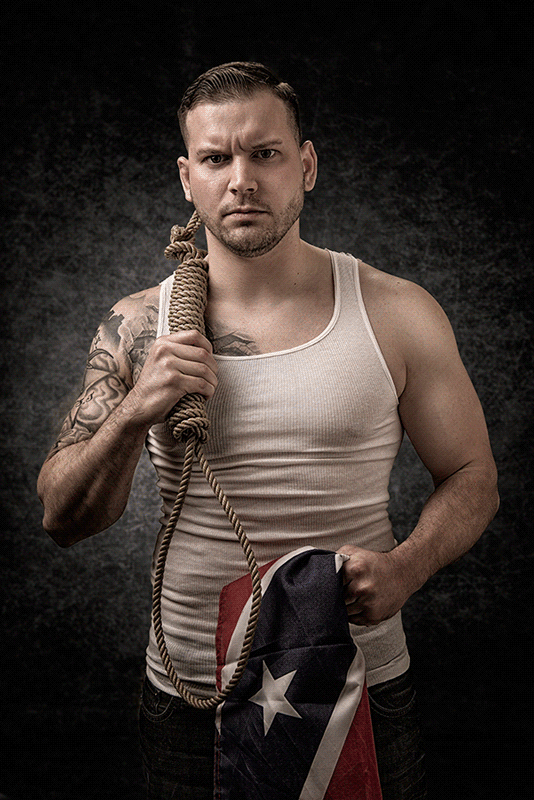
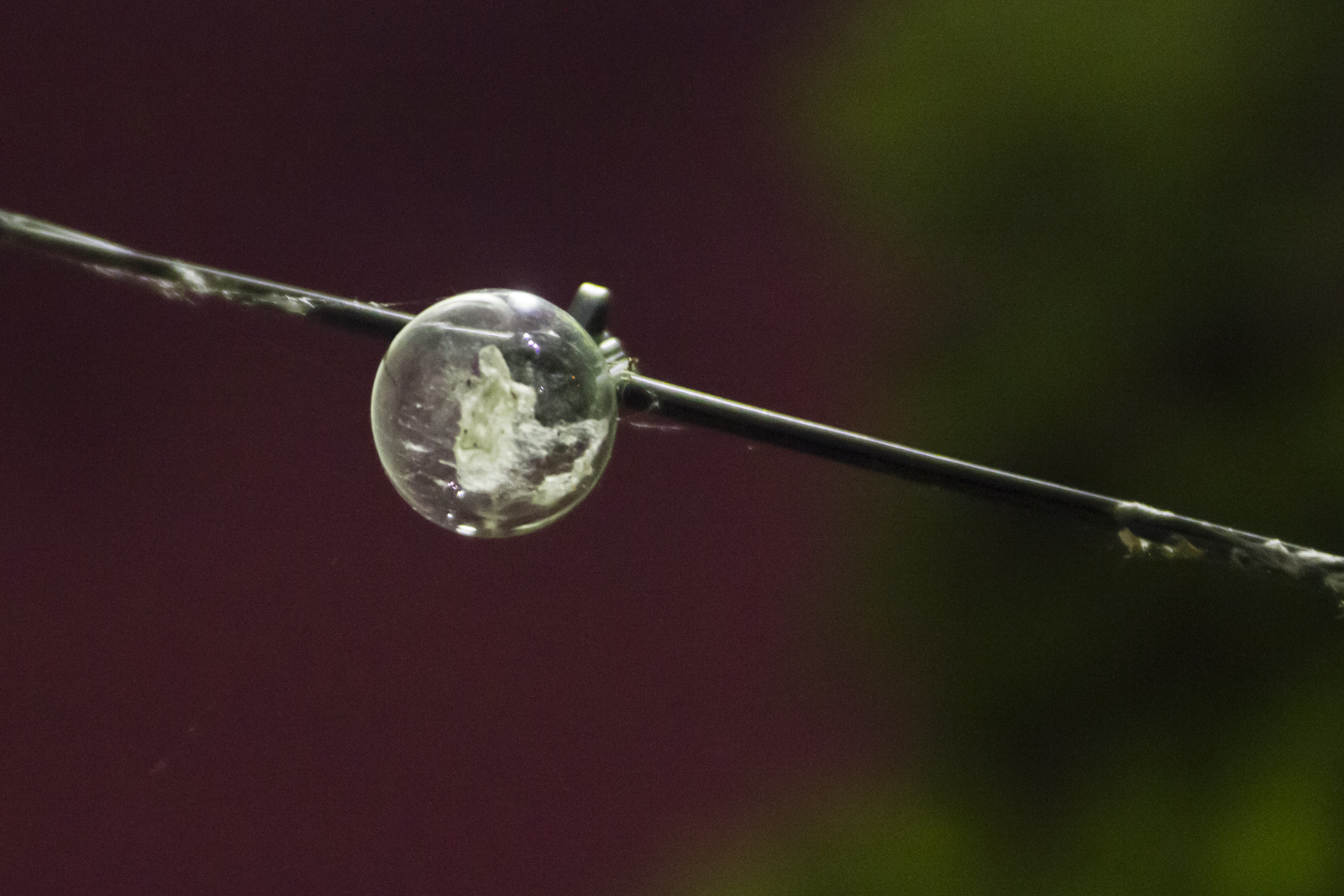
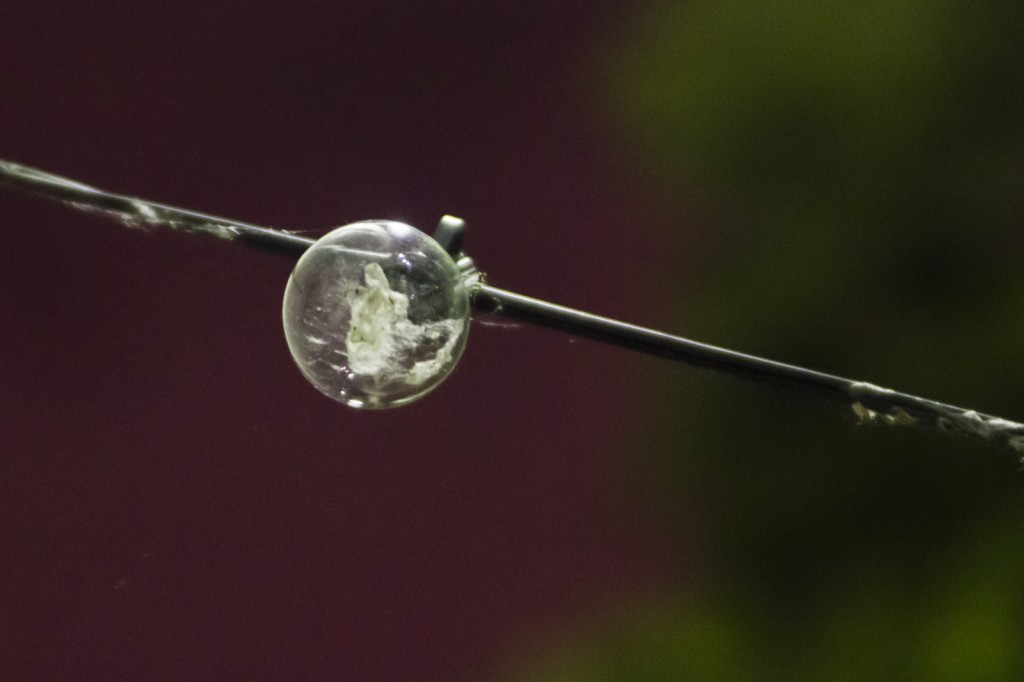
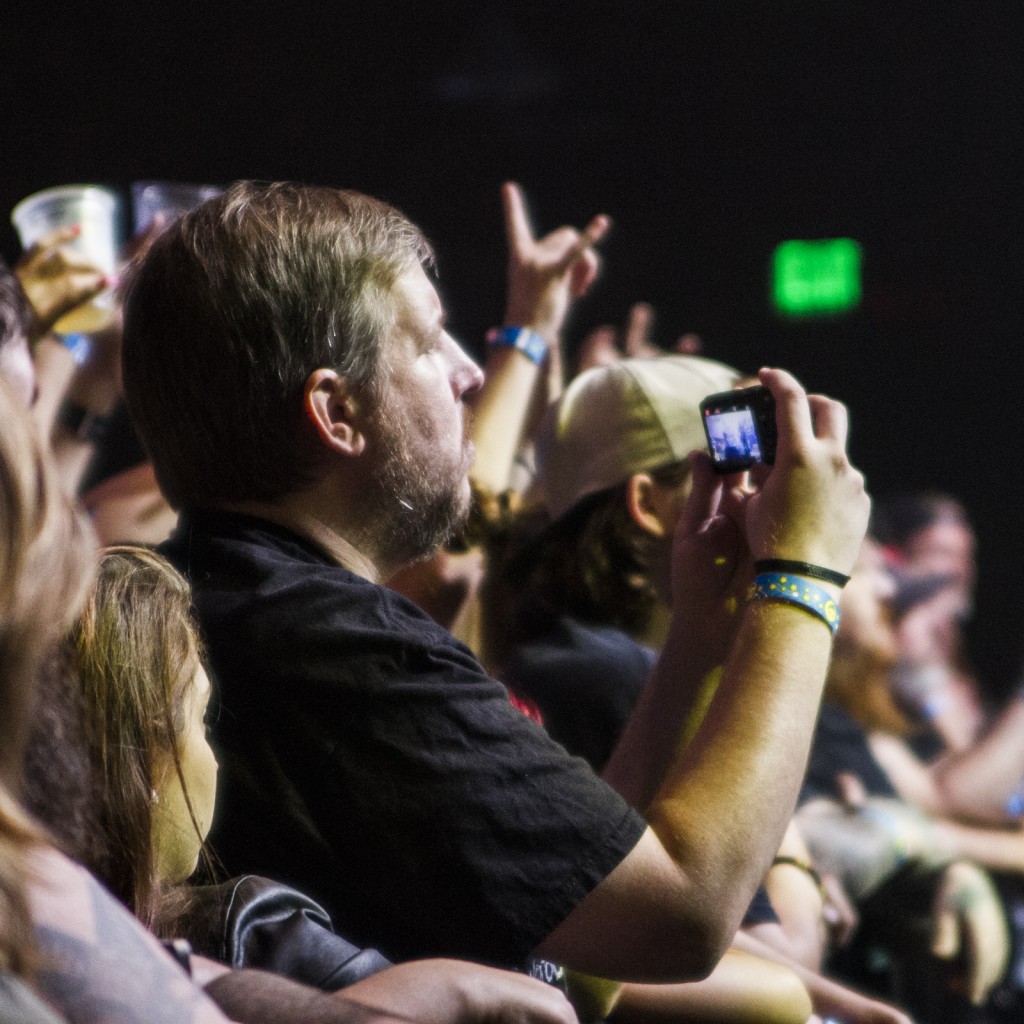 I observed this gentleman for a few minutes during the second artist’s performance. He was watching, and I can safely assume recording, the entire show through his point and shoot camera. I found myself astonished that this man paid hard earned money only to come in and record the show on his camera. He wasn’t in the moment at all. I also wonder how his memory is shaped now that he really didn’t take in the experience of the live musical performance – he only documented it – and how much different it would be if he had put the camera away. He recorded the rest of the show as well, watching the entire thing through the 2.5 inch screen on his camera.
I observed this gentleman for a few minutes during the second artist’s performance. He was watching, and I can safely assume recording, the entire show through his point and shoot camera. I found myself astonished that this man paid hard earned money only to come in and record the show on his camera. He wasn’t in the moment at all. I also wonder how his memory is shaped now that he really didn’t take in the experience of the live musical performance – he only documented it – and how much different it would be if he had put the camera away. He recorded the rest of the show as well, watching the entire thing through the 2.5 inch screen on his camera.